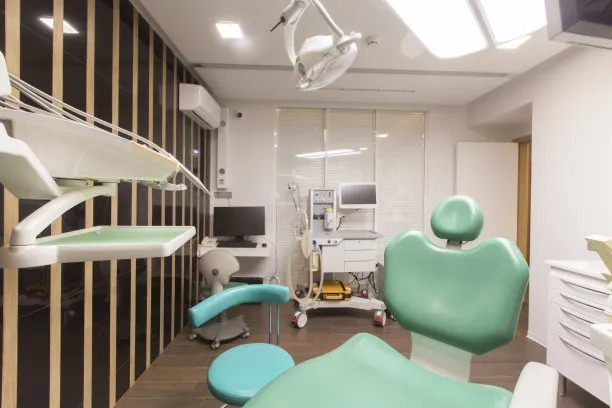Essential Precautions to Follow Before and After Dental Fillings for Optimal Oral Health and Recovery
Summary: Dental fillings are common procedures that play a crucial role in maintaining oral health by repairing cavities and structural damage to teeth. However, ensuring optimal recovery necessitates adherence to certain precautions both before and after the treatment. This article ardently discusses essential measures, focusing on preparation tips, postoperative care, dietary considerations, and signs to monitor for complications. By understanding and applying these precautions, patients can enhance their recovery and sustain long-term oral health.
1. Preparing for Your Dental Filling Procedure

Preparation for a dental filling starts well in advance of your appointment. First and foremost, its crucial to communicate openly with your dentist regarding any health conditions or medications you are taking. Certain medical histories or ongoing treatments can impact how the filling procedure is conducted and your recovery process.
Additionally, patients should arrange for transportation post-treatment if they are receiving sedation or anesthesia, as these can affect your ability to drive. Having a reliable friend or family member assist can ensure your safety and comfort.
Lastly, maintaining good oral hygiene leading up to your appointment is vital. Brush and floss as normal to keep your mouth in pristine condition; this not only helps in reducing the risk of infection but also enables the dentist to work more effectively.
2. Essential Aftercare Following Dental Fillings
Following your dental filling, adhering to proper aftercare is critical to aid your recovery. For the first 24 hours, avoid consuming hard, crunchy, or sticky foods as they can dislodge the filling. Its best to stick to soft foods like yogurt or applesauce to minimize any potential discomfort.
Moreover, practicing good oral hygiene post-procedure is essential. While you should avoid brushing the filled area for the first few hours, you can resume gentle brushing and flossing after this period to maintain oral cleanliness and prevent any plaque buildup.
Lastly, be mindful of changes in your dental sensations. Take note of any prolonged numbness or discomfort, as these may warrant a follow-up appointment with your dentist. Address any pain promptly to ensure a smooth recovery process.
3. Dietary Adjustments for Post-Filling Healing
Making specific dietary adjustments can significantly aid in your overall recovery after getting dental fillings. In addition to avoiding hard and sticky foods, its advisable to limit your intake of very hot or cold items immediately after the procedure. Sensitivity in newly filled teeth is common, and extreme temperatures can exacerbate this discomfort.
Hydration is equally vital. Drinking plenty of water can facilitate the recovery process and help wash away any food particles that may adhere to the teeth or filling. It is essential to stay away from beverages containing caffeine or alcohol during the initial recovery phase, as they can cause dehydration and interfere with healing.
Nutritionally balanced meals can support your recovery as well. Incorporate foods rich in vitamins and minerals, particularly those high in calcium and vitamin D, to strengthen your teeth and promote healing. Consider incorporating smoothies, soups, and stews that provide essential nutrients without compromising comfort.
4. Monitoring for Signs of Complications
After undergoing a dental filling procedure, it’s vital to monitor for any signs of complications that may arise. The first red flag to watch for is persistent pain in the filled tooth, as this may indicate an issue with the filling or underlying tooth structure that requires attention.
Additionally, if you notice an unusual sensitivity to hot or cold that lasts longer than a few days, this may necessitate a follow-up visit. Sensitivity can be common immediately after the procedure, but prolonged discomfort is not normal.
Lastly, keep an eye out for any signs of an allergic reaction to the filling material, such as swelling or rashes. If you experience any of these symptoms, it’s imperative to contact your dentist right away to address the concern promptly.
Summary:
Understanding the essential precautions to take before and after dental fillings can significantly enhance your recovery and oral health. By preparing effectively, practicing diligent aftercare, adjusting your diet, and monitoring for complications, you can ensure a smoother experience post-procedure. Remember that each step you take plays a role in maintaining the integrity of your dental health.
This article is compiled by Vickong Dental and the content is for reference only.


